In the effort to make better art, we’ve all been told to “try our hardest.” But just “trying” won’t usually work because all types of trying are not created equal. Modern neuroscience has proven that there is only one distinct method of training which works to increase our skill. To put it simply: we must consistently attempt that which is just outside of our comfort zone, push through the failures and frustrations, and repeat, repeat, repeat. Nothing else works.
This seems like such general and obvious advice that it can be easy to dismiss, so let’s put it in art terms. Do you ever just “get through” the drawing so you can move into paint? That is a missed opportunity to let your process train you. What if, instead, you pushed the drawing to be the most beautiful and correct drawing you have yet made? What if you were absurdly scrupulous about edges, line widths, and their placements? It would take more time and energy, but think of it: you were going to do most of that work anyhow. With an extra 20% effort, you’d not only finish the drawing, but increase your drawing skill. If you keep it up, in the future you’ll be building additional skill on top of that. As artists this is our compound interest – it’s powerful stuff. For a specific example, let’s talk about sketches.
In an episode of YDMN (Sam Weber’s podcast), illustrator Tim O’Brien said that if you think of a finished piece of art like a musical performance, sketching is “writing the song.” Seen in this light illustration is an unusual art: for every song you perform, at least one or two more perfectly good songs disappear forever! This can be a bit sad for the illustrator. Sometimes a really cherished piece of work just isn’t right for the project, and now you’re stuck performing your second-favorite song. Not only that, but you have to give it your all – like you mean it.
Considering all this, it can be easy to hold back when sketching. We want to avoid attachment. We only want to suggest a painting – not do one. We don’t want our hearts broken and besides, if only one of these sketches will become a painting we don’t want to waste our time fleshing them all out to completion. So it was with me in the early part of my career.
Here’s an example of a typical sketch delivery for me in late 2014, from a gig with Lauren Panepinto over at Orbit Books:
Not awful; they get the basic point across, but there’s a lot they don’t say about what my final will be like. Color, the dominant initial indicator of mood, is completely absent (this also limits my use of value to the obvious and forces me to solve every problem with a similar set of tricks). The drawing is abysmal. The onus is now on my reference work and happy accidents to make this thing sing. One of these sketches might become a good painting, but who can really say?
Then, in 2015, thanks to helpful advice from AD Cynthia Sheppard, I realized that my sketches needed to be more than just shorthand for the image I had in my head: they needed to be something my art directors could proudly show off in meetings, something that would excite sales teams and build confidence in the finished work to come. While this small shift in my process had obvious benefits for my clients, what I didn’t anticipate were the additional benefits it conferred on me.
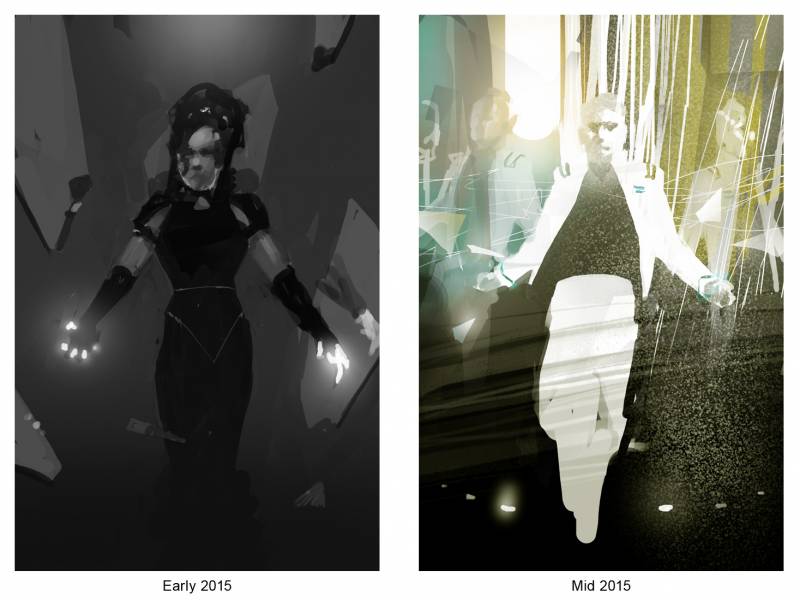
The similar poses here make for a nice comparison over time. We can only realistically reach for what is just beyond our grasp, so at first I focused merely on better drawing and design (left). With time I started trying to integrate color, but it was more a casual indication than anything serious. You can see that my drawing suffered when I began using color. New skills we try to master disrupt established routines, and can make us feel trapped with what we already do. Personally, knowing the science behind progress gives me the will to go on.
Introducing loftier, more specific goals for my sketches meant I had to struggle more – a lot more. It turned out that I wasn’t very good; that I didn’t know very much. Sketching is nothing if not a condemnation of all that you don’t know (and an exaltation of what little you do). Where before I would have been happy to turn in a few rough scribbles and call it a day, I now felt compelled to soldier on through the failing parts of a sketch, addressing each issue in turn, until I got it right, until I could prove that I had something which worked. Sometimes sketches would drag on for multiple days. All this effort inadvertently, yet perfectly, mimicked the method science encourages us to adopt.
Now I was not only doing my job, but also learning with every piece. I was putting in mileage on my understanding of every artistic principle, and the ways in which they worked together. Ideas started to congeal neatly; extra sketches stopped feeling like a waste. You’ll have noticed that many of the images peppering this article are rejected sketches from the past 3 years. They all got a chance to live, and they all taught me something.
After a while I was incidentally making blobby little paintings instead of traditional sketches. For every throwaway sketch that could have been, I’d done a painting. Did it take longer? Yes. I was much slower at first, and the benefits were slow to accumulate. It still takes me about a day to do a single sketch. But because each sketch is taken to its full potential, I only do 2 or 3 per project. I don’t have to thumbnail endlessly and hope to get lucky like I once did.
The point of all this is not to convince you to sketch in the way that I do, but to illustrate concretely a way in which training can be applied to artistic process. If any part of your process feels like a slog, maybe try this out – make it work for you. The benefits seem to just keep rolling in, as long as I’m willing to be specific in my vision and stick with a sketch until it sufficiently matches that vision. The beautiful thing is that as your ability increases, so does your vision. It’s a virtuous circle that can propel you ever onward. Now I’m dreaming of conception and execution as one, where the sketch is the painting (wizards like Greg Ruth prove that it can be done), but I know I’m miles ahead of myself. I can only do the next thing, and try my best, and fail.


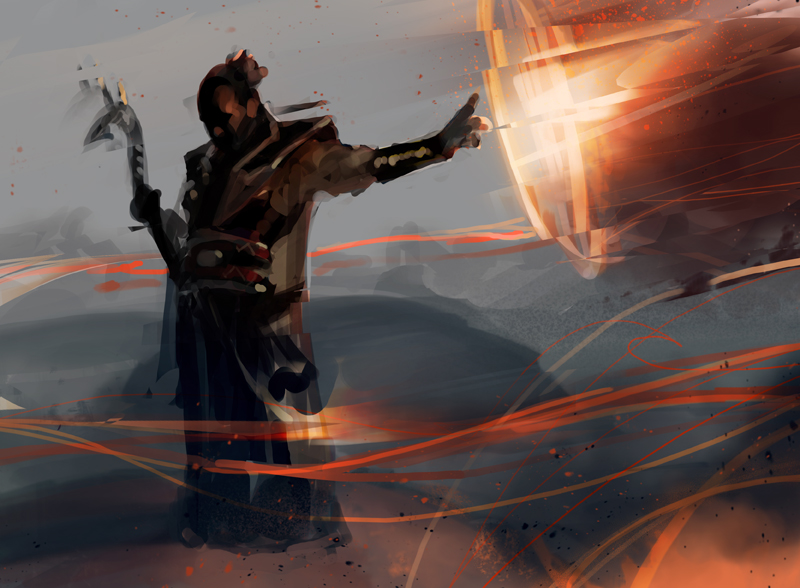
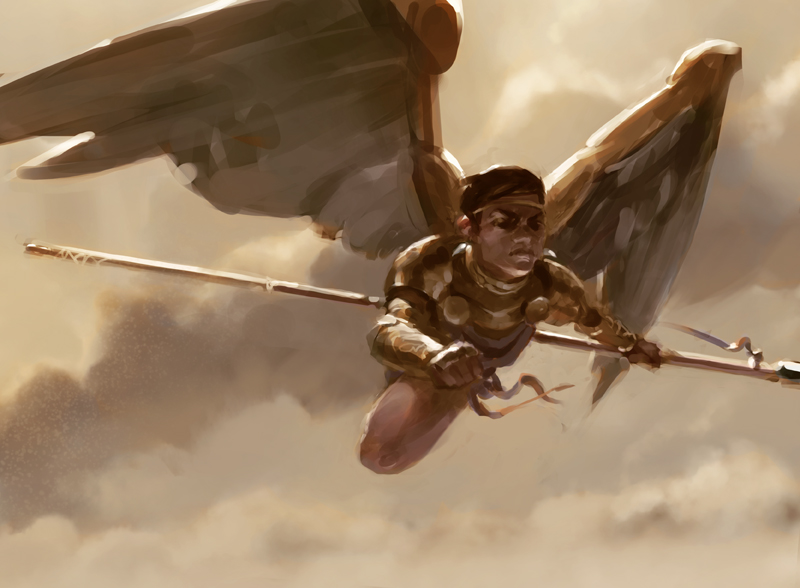
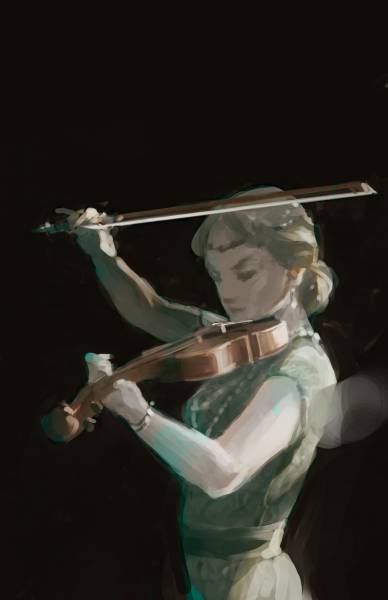
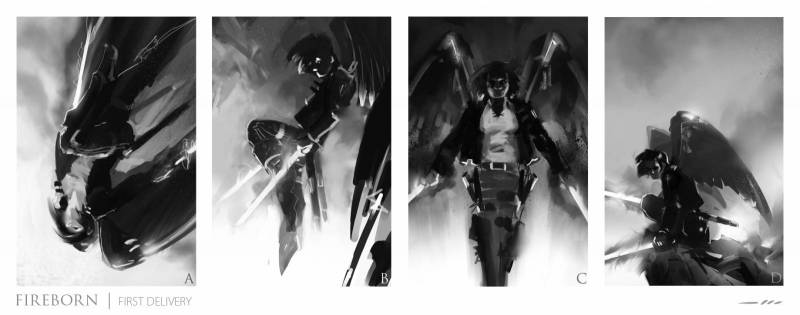

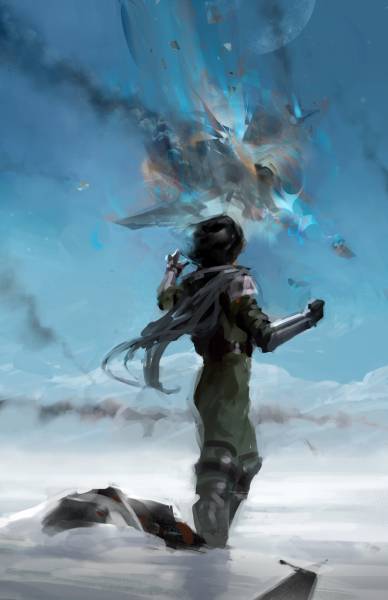
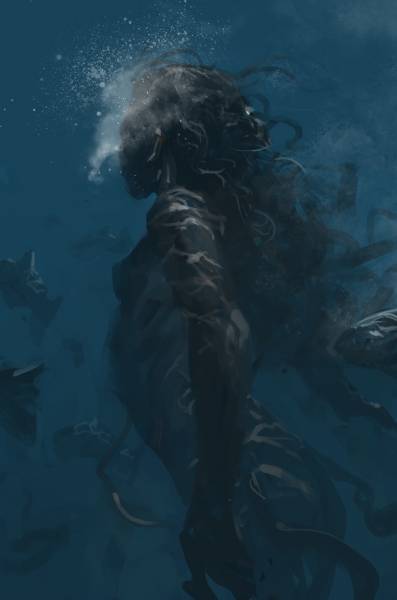
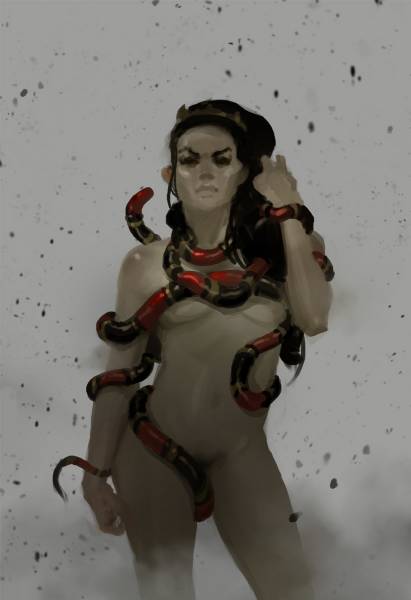
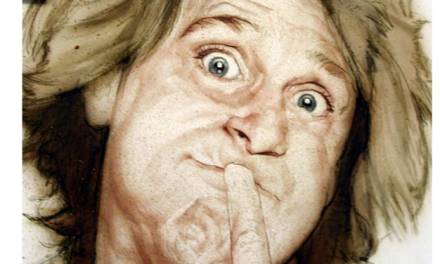
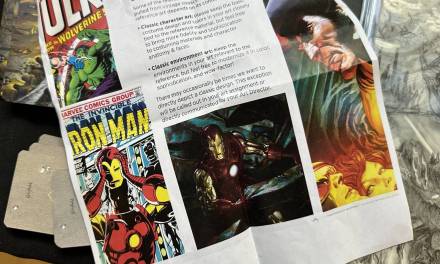
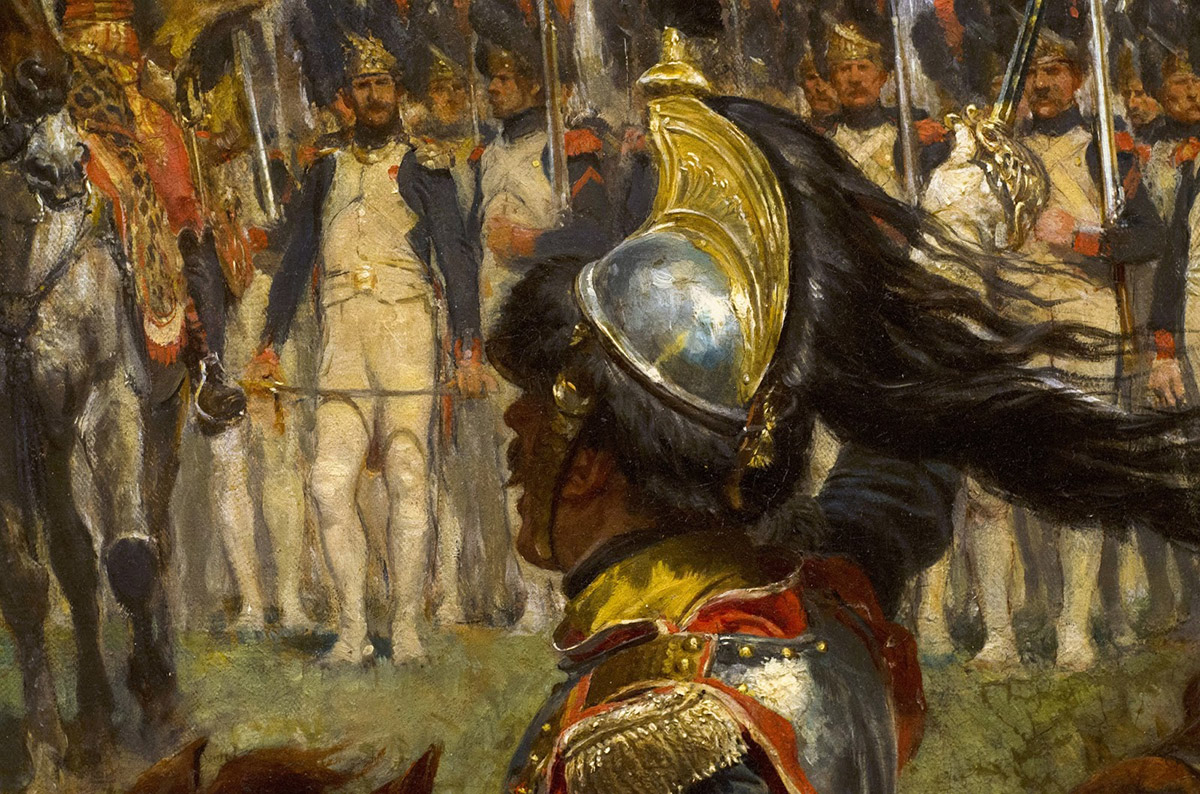
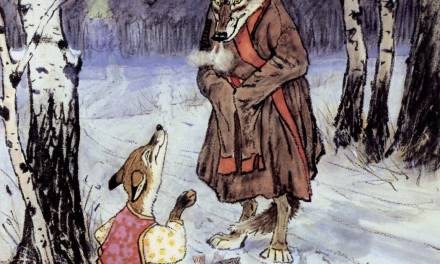

Great post. That one really hits home for me.
Wow, this was exactly what I needed to read right now. Thanks!!
Awesome post. Always appreciate how conscious of your process you are.
Love it! A wake up call for me.
That was very well written, quite a pleasant read. Thank you.
Love the insight, thanks for this Tommy!
Sure thing dude 😉